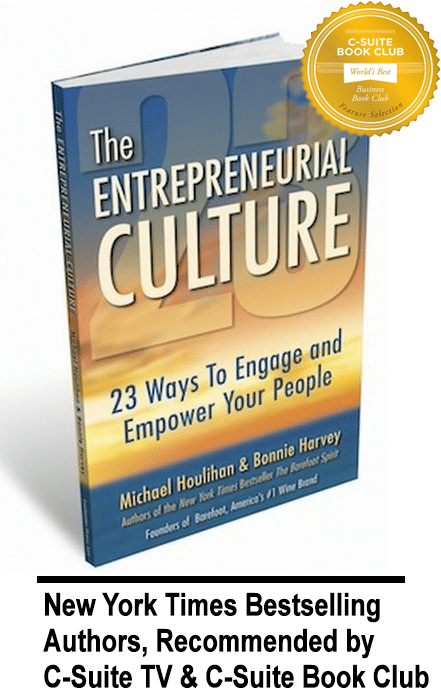
But how do you determine the metrics by which they are compensated for production? While most jobs pay based on hours, or as we say, “attendance,” at least part of the compensation package should be based on production.
Here are 7 ways to measure production:
1 Sales. Seems obvious that sales people should work on at least partial commission, but what about non-sales staff? They should also get bonuses based on sales since their jobs are there to support sales. After all, that’s where the money that goes into their paycheck comes from.
2 Profits. Don’t trade off profits for increased sales or your people might spend a dollar to make a dime. Profits have to be the regulator on sales numbers so they don’t get taken out of context.
3 Growth. Sales and profits alone are not enough if your goal is to gain more market share. So figure growth into the equation.
4 Widgets. Jobs that are strictly production can be bonused on the number of units produced within a certain time frame, and never running out of product.
5 Quality. This can be measured in two ways: the absence of recalls, and customer satisfaction, measured by return purchases.
6 Savings. Reward for efficiency and innovation, but only if it’s not at the expense of brand image, such as eliminating quality queues to “save money.”
7 Customer Service. By improving your customers’ experience, your company’s image is improved. This can be measured by customer endorsements and referrals.
And outside of options and shares, you can compensate the rank and file for production in several ways:
A. 401k. You can increase your company’s match on 401k contributions each quarter based on how well the company did overall in sales, profits, and growth.
B. Bonuses. Bonuses for non-sales staff constantly remind them about what’s important to the company and how their jobs effect sales. The more direct the relationship between their bonus and sales, the more they will make it their business to find out exactly how they can make a difference.
C. Commissions. Don’t just give commission on number of units sold. Compare this month’s numbers to same month last year and provide a graduated scale that rewards for selling more than same month last year.
D. Events. When major company goals are achieved, do something special for all your people, such as a trip, an outing, a dinner – anything that says the team won!
Paying for production is not a perfect science. Design your agreements for commissions, bonuses, 401k matches, and special events annually so you can review how effective they were and make the necessary adjustments.
Remember, long time spans between bonuses can be counter-productive. An annual bonus is far less effective than a quarterly or monthly incentive. If it looks like the goal is unreachable within the time remaining, a new goal will be coming right up. If the goal is achieved early, then they may slow down their efforts, but only until the next bonus period begins. The shorter the time span for these incentives, the better.
Lastly, remember different strokes work for different folks, and there’s not one simple plan that works for all. These are just a few doable ways to pay for performance to get you started.
Who We Are

Michael Houlihan and Bonnie Harvey co-authored the New York Times bestselling business book, The Barefoot Spirit: How Hardship, Hustle, and Heart Built America’s #1 Wine Brand. The book has been selected as recommended reading in the CEO Library for CEO Forum, the C-Suite Book Club, and numerous university classes on business and entrepreneurship. It chronicles their humble beginnings from the laundry room of a rented Sonoma County farmhouse to the board room of E&J Gallo, who ultimately acquired their brand and engaged them as brand consultants. Barefoot is now the world’s largest wine brand.
Beginning with virtually no money and no wine industry experience, they employed innovative ideas to overcome obstacles, create new markets and forge strategic alliances. They pioneered Worthy Cause Marketing and performance-based compensation. They built an internationally bestselling brand and received their industry’s “Hot Brand” award for several consecutive years.
They offer their Guiding Principles for Success (GPS) to help entrepreneurs become successful. Their book, The Entrepreneurial Culture: 23 Ways To Engage and Empower Your People, helps corporations maximize the value of their human resources.
Currently they travel the world leading workshops, trainings, & keynoting at business schools, corporations, conferences. They are regular media guests and contributors to international publications and professional journals. They are C-Suite Network Advisors & Contributing Editors. Visit their popular brand building site at www.consumerbrandbuilders.com.
To make inquiries for keynote speaking, trainings or consulting, please contact sales@thebarefootspirit.com.






